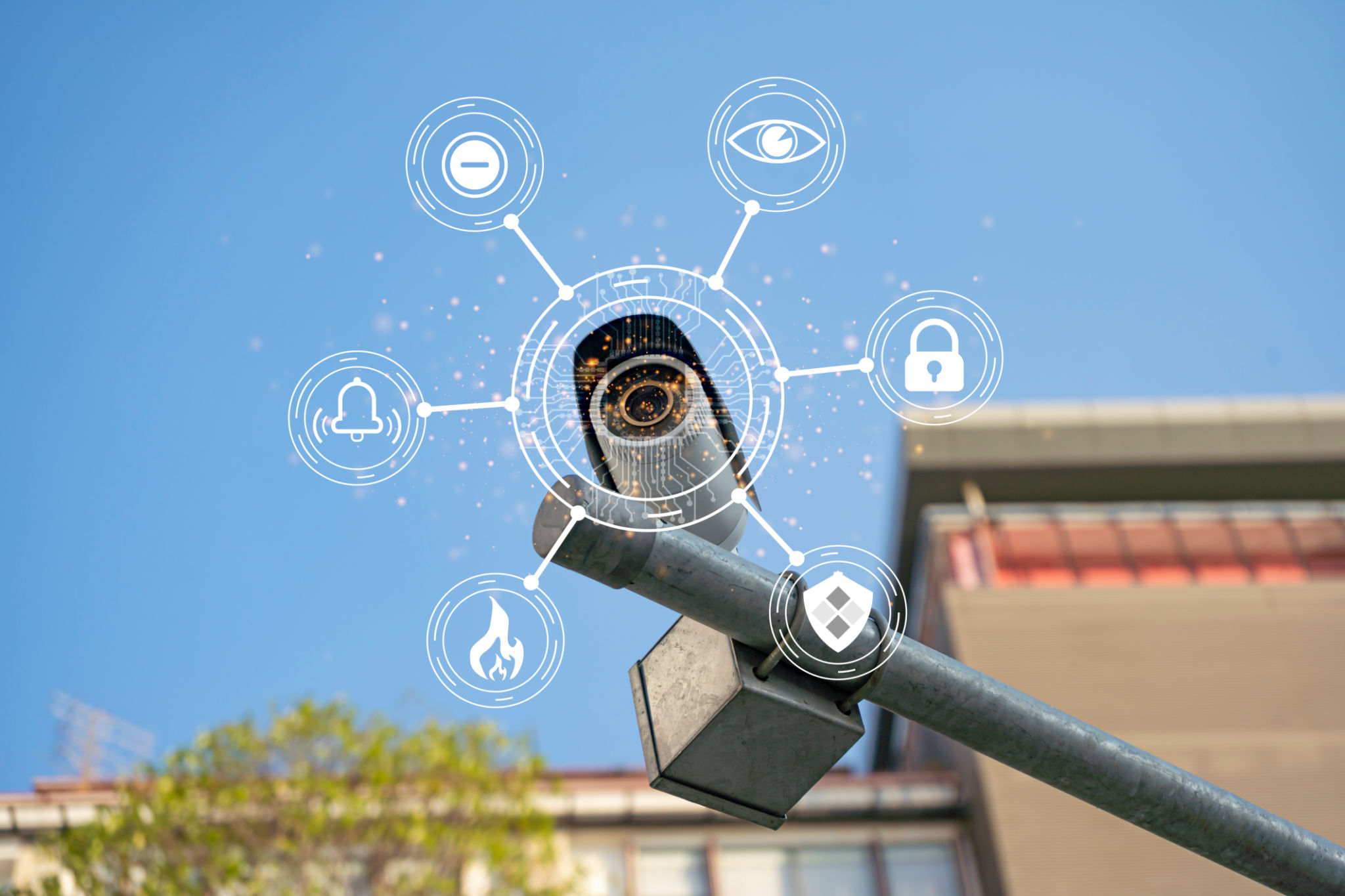Comparing Smart Cameras: Which is Right for Your Business?
Understanding the Need for Smart Cameras
In today's fast-paced business environment, security and operational efficiency are paramount. Smart cameras have emerged as a pivotal tool, offering advanced features that go beyond traditional surveillance. These intelligent devices can help businesses monitor their premises, analyze customer behavior, and even automate certain tasks. But with a myriad of options available, how do you choose the right one for your business?

Key Features to Consider
When comparing smart cameras, some critical features should be top of mind. First, consider the resolution. Higher resolution cameras provide clearer images, which can be crucial for identifying intruders or analyzing customer interactions. Next, look at the camera's field of view. A wider field of view means fewer cameras are needed to cover an area.
Connectivity options are another essential consideration. Most modern smart cameras offer Wi-Fi connectivity, allowing for easy integration into your existing network. Additionally, consider whether you need wired or wireless options based on your business’s layout and infrastructure.
Types of Smart Cameras
Understanding the different types of smart cameras available will help tailor your choice to your specific needs. Dome cameras, known for their unobtrusive design, are excellent for businesses prioritizing aesthetics. Bullet cameras, on the other hand, are more visible and act as a deterrent to potential intruders.

Advanced Features for Enhanced Security
Beyond basic surveillance capabilities, some smart cameras offer advanced features like facial recognition, motion detection, and night vision. These features can provide significant benefits, such as alerting you in real-time if an unauthorized person is detected or capturing clear images in low-light conditions.
Another innovative feature to consider is AI-powered analytics. These systems can analyze video feeds to provide insights into customer behavior or identify patterns that might indicate a security threat. Such capabilities can transform your camera system from a passive observer into an active participant in business operations.
Integration with Existing Systems
An important factor in choosing a smart camera is its ability to integrate with your current systems. Many modern cameras offer compatibility with cloud services and smart home devices, allowing for seamless operation and management. Ensure that the camera you choose can easily be integrated into your existing infrastructure without requiring extensive modifications.

Budget Considerations
The cost of smart cameras can vary significantly based on features and brands. It’s crucial to establish a budget that aligns with your business needs while ensuring you don’t compromise on essential features. Remember that while initial costs may seem high, the long-term benefits of enhanced security and operational efficiency can provide a substantial return on investment.
You might also consider subscription models offered by some vendors that provide ongoing support and updates, ensuring your system remains up-to-date with the latest technological advancements.
Conclusion: Making the Right Choice
Choosing the right smart camera for your business involves evaluating your specific needs and considering factors like resolution, field of view, advanced features, and budget constraints. By carefully assessing these elements, you can ensure that you select a solution that not only provides robust security but also enhances your overall business operations.
Ultimately, the right smart camera system will provide peace of mind and contribute to the smooth running of your business. Keep these guidelines in mind as you explore options to find the perfect fit for your company’s unique requirements.
